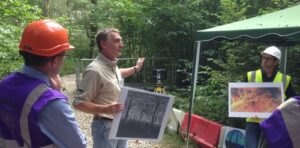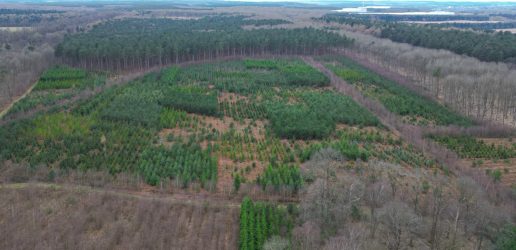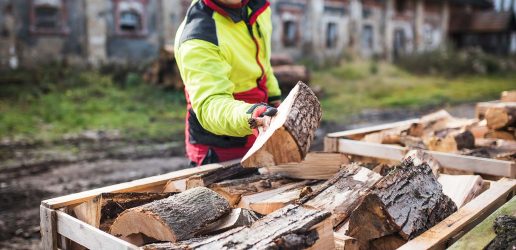In May, a major new campaign called Action Oak was launched at the Chelsea Flower Show. The campaign aims to build support for activities to protect the UK’s 121 million oak trees in UK woodlands.
Made up of charities, environmental organisations and landowners, including Forest Research, the Action Oak Partnership was formed in response to an increasing number of threats to the health of oak trees. These include pests and diseases such as the Oak Processionary Moth and Acute Oak Decline (mainly affecting southern regions of the UK), as well as a root-attacking species of honey fungus and powdery mildews (which are more widespread). Our changing climate creates further challenges.
The activities of the Partnership include:
- working with owners and managers of oak trees and woodlands to help to protect the trees from a range of threats;
- funding research to improve our understanding of the threats and to inform best management practices;
- using established professional and citizen science networks to record changes in the distribution, age and health of our oak trees to identify priority areas for action;
- encouraging organisations to join the Action Oak Partnership and people to support Action Oak.

Scientists from Forest Research have contributed to a baseline review of knowledge and hope to be involved, along with others, in future oak tree research. At a recent visit of the Action Oak steering group to the Birmingham Institute Of Forest Research (BIFOR) study site, Forest Research’s Eric Casella demonstrated his use of ground-based LiDAR to profile changes in biomass and canopy structure in an oak woodland subject to the enhanced levels of carbon dioxide likely to be experienced in future.
The initiative is supported by the Scottish, Welsh and Northern Ireland governments and by Defra. The partners include the Woodland Trust, Woodland Heritage, National Trust, The Duchy of Cornwall, Royal Botanic Gardens, the Forestry Commission and the Northern Ireland Forest Service.
For further information on Forest Research’s involvement please contact Chris Quine.
Recent News
View All news
Seventeen coniferous tree species show early promise for future commercial timber production in the UK
Researchers have set up a network of nine large scale experiments across the UK to test the suitability of 17 tree species as potential alternatives for future commercial timber production.
Forest Research are looking for people involved in the harvesting, processing, transport, import, or trade of firewood in Scotland to complete an important survey.

New guide to help local authorities conduct a people survey on the social value of their treescapes
A new step-by-step guide to help local authorities, charities and civic societies carry out a people survey to understand social and cultural values related to trees in their area, is now available.

Seventeen coniferous tree species show early promise for future commercial timber production in the UK
Researchers have set up a network of nine large scale experiments across the UK to test the suitability of 17 tree species as potential alternatives for future commercial timber production.
Forest Research are looking for people involved in the harvesting, processing, transport, import, or trade of firewood in Scotland to complete an important survey.

New guide to help local authorities conduct a people survey on the social value of their treescapes
A new step-by-step guide to help local authorities, charities and civic societies carry out a people survey to understand social and cultural values related to trees in their area, is now available.

